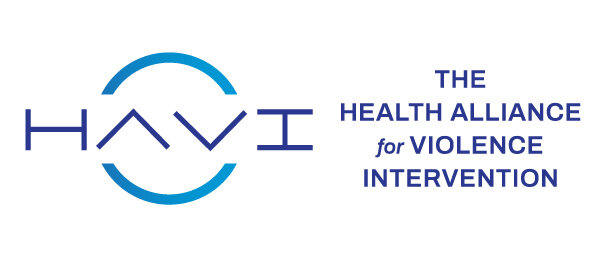How Does the Media Cover—Or Not Cover—Community Gun Violence?
Literature Review from the HAVI and QSIDE Institute Reveals Both Media and Research Overemphasize Mass Shootings, With Little Focus on Community Gun Violence
January 30, 2024—While mass shootings account for a relatively small percentage of overall gun violence in America, they dominate media coverage of gun violence, according to a new report released today by the Health Alliance for Violence Intervention (HAVI) and the Institute for the Quantitative Study of Inclusion, Diversity, and Equity (QSIDE).
The report, “News Media Coverage of Gun Violence: A Systematic Review,” documents the findings of a systematic analysis of peer-reviewed academic research—published since the year 2000—that focused on media representations of gun violence in the United States.
The findings point to several factors associated with increased media coverage of gun violence, including when women and/or children are involved; when the shooting takes place in a school, religious site, or government building; and when the perpetrator is young, ideologically driven, or shows signs of severe mental illness. The analysis also found that race plays a significant role in how the media depicts gun violence, largely failing to portray perpetrators and victims of color with the same humanity that is afforded to white perpetrators and victims.
“Both the research literature and the media reporting itself focus disproportionately on mass shootings; while important, this obsession ignores the far larger and more prevalent challenges of community-based gun violence and suicide by gun, which make up the vast majority of gun-related incidents in America each year,” said Jude Higdon, Chief Operations Officer for QSIDE.
Community violence occurs between unrelated individuals who may or may not know each other, generally taking place outside the home. It involves relatively small numbers of socially connected individuals within a community and tends to recur or lead to retaliation.
“While mass shootings are tragic and far too common, the number of people injured and killed from community violence is proportionately greater, and the impact is deeply felt in communities of color as a result of historic and ongoing disinvestment,” said Fatimah Loren Dreier, Executive Director of the Health Alliance for Violence Intervention (HAVI). “This disproportionality is a matter of concern for all survivors, many of whom are fighting to stop violence in all forms. The QSIDE analysis underlines an urgent need for media to tell the stories of this impact with care and humanity, examining the root causes and highlighting the community-led solutions that are reducing gun violence across the U.S.”
The researchers say their findings are important because media narratives help to shape policy positions in the U.S. “Scholarly literature shows that, in general, news coverage affects public opinion and the contours of policy debates and discussions, including on highly sensitive and controversial topics,” said QSIDE Chief Research Officer (CRO) and co-founder Dr. Chad Topaz. “With that influence in mind, we undertook this project with our partners at the HAVI to get a comprehensive look at what is known about news media coverage of gun violence, and to see if that body of knowledge speaks to community-based gun violence.”
For their analysis, the researchers used the Preferred Reporting Items for Systematic Reviews and Analysis (PRISMA) framework—a set of guidelines designed to promote transparency and consistency in systematic reviews and meta-analyses—to screen more than 900 potential research publications, 80 of which met the criteria for inclusion in their study. The goals of the research were to conduct a brief quality assessment of the literature and summarize and synthesize the results.
About the HAVI
Founded in 2009, the Health Alliance for Violence Intervention (HAVI) is a national organization that fosters a network of hospital-based violence intervention programs (HVIPs), which provide services for victims of community violence while they are recovering from their injuries. These programs address the social determinants of health for victims of firearm injury and are a critical component of a comprehensive community violence intervention (CVI) ecosystem. The HAVI serves over 85 cities in the U.S. and beyond, providing training and technical assistance and support with strategic communications, policy development, peer learning, and research. The HAVI also works to shift narratives about violence and trauma in communities of color and partners with its members to advance policy and research that address violence as a public health emergency.
About the QSIDE Institute
Founded in 2019, the QSIDE Institute is a national collaborative of data scientists who are committed to using our technical skills to promote a more just and equitable world. Working primarily in a community-based, participatory action research model, we bring the cutting edge of data science together with subject matter experts and community partners to ask, answer, and address social injustices and inequities. The QSIDE Institute has partnered with dozens of non-profit and mission-driven organizations, working in a broad range of disciplines, including arts and media, education, health care, and criminal justice.
